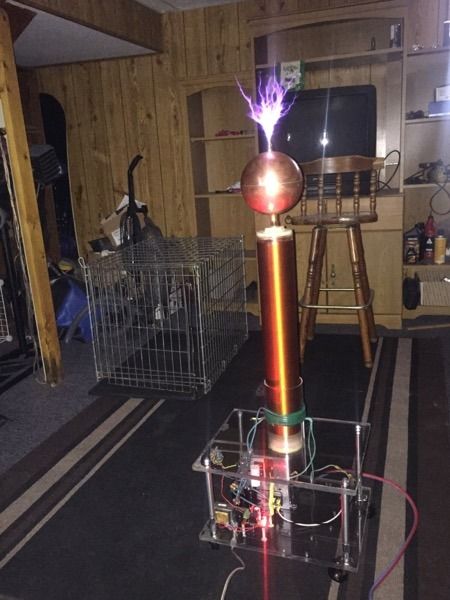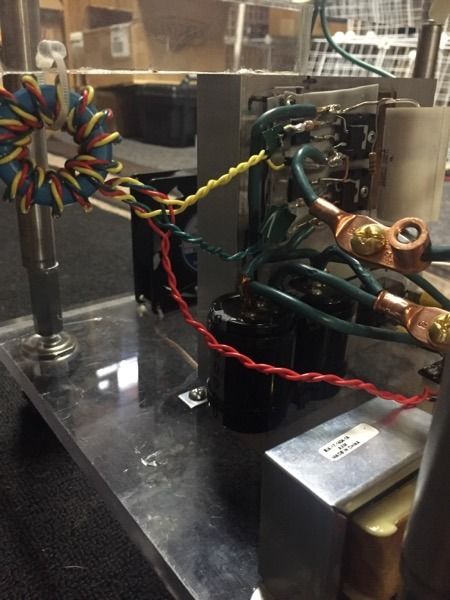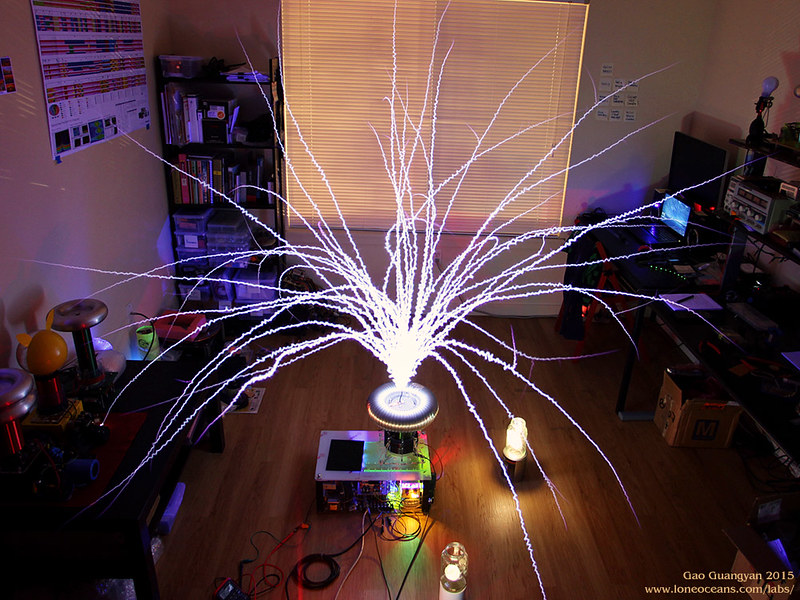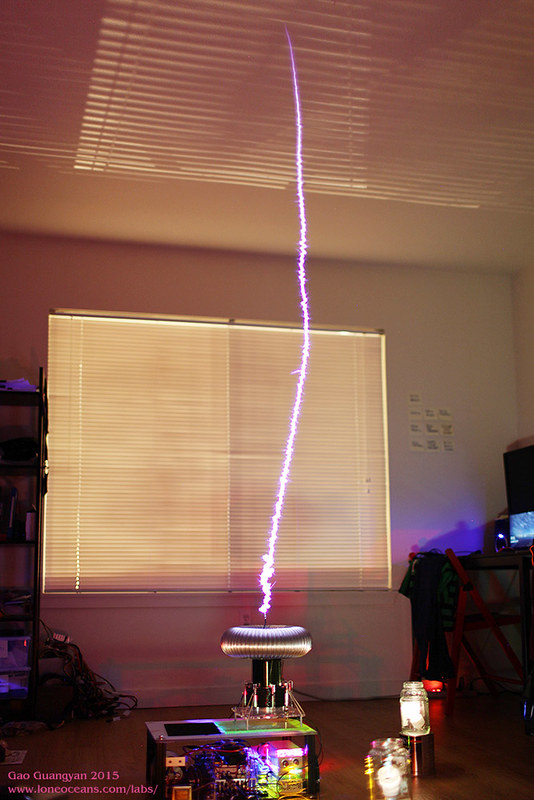upaa27
0
- Joined
- Jul 10, 2013
- Messages
- 617
- Points
- 28

Follow along with the video below to see how to install our site as a web app on your home screen.
Note: This feature may not be available in some browsers.






I did try that, it didn't do much though. The 7414 has too wide a hysteresis band(it did work for some people though) so the newer drivers use a comparator. Hmm... :thinking:



It's something else to be able to create a virtually straight "bolt" , without streamers , any videos?
Regards
So you have, sorry didn't see the link.
The sound seems different, more bassy, like a "boomph" , not an electrical "crack" , is that right?
Ped

[yt]vid_code_here[/yt_]
